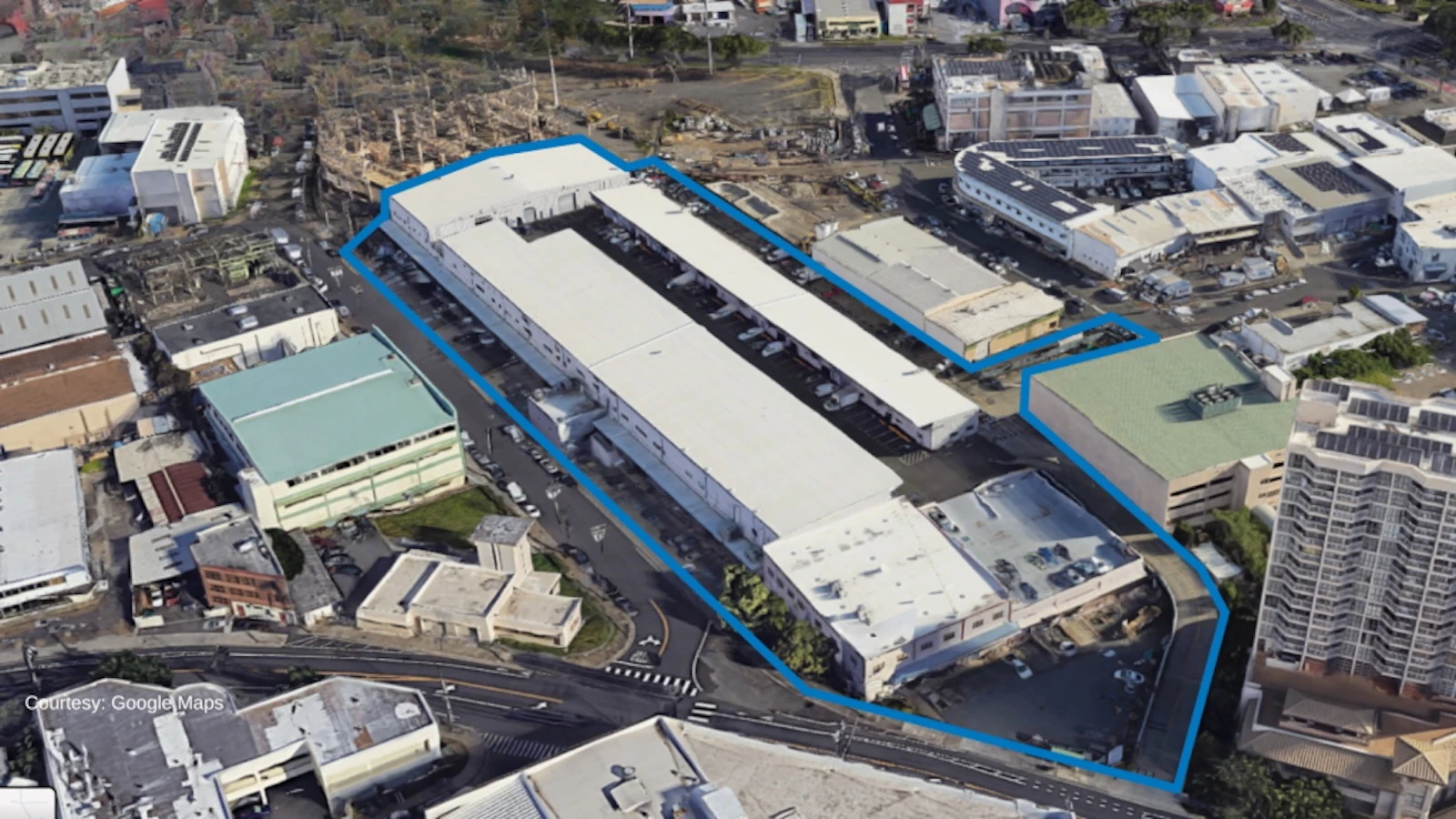A long-standing homeless community in Wai‘anae is being dismantled.
Residents of the Pu‘uhonua O Wai‘anae village, built on a 19.5-acre parcel near the Wai‘anae Small Boat Harbor, are moving to new, permanent homes as the Department of Land and Natural Resources plans to transfer the village land to the Department of Education.
Those new homes, located on a 20-acre parcel in Wai‘anae Valley, will be part of POW’s Farm Village, where residents will have access to houses, communal bathrooms and kitchens and agricultural land for the cultivation of breadfruit and other crops, according to POW’s website.
Meanwhile, the camp by the Boat Harbor is coming down, as part of an April agreement between POW leadership and DLNR to move by November.
Under the leadership of activist Twinkle Borge, the village had served as a collective refuge for more than a decade, with Borge and other leaders enforcing rules against stealing, drug use, sex offenses or other activities.
In 2018, Borge negotiated with then-Gov. David Ige to halt a planned sweep of the Village, leading to the plans to eventually move to the Farm Village in the valley. POW raised more than $10 million in donations to purchase the valley parcel in 2020 and develop infrastructure.
More than 80 people are already living in the Farm Village, with more to move in the coming months, according to a DLNR statement.
“We are grateful for the direct communication and collaboration with the DLNR,” said Kala Paishon, one of POW’s six-member council of overseers, in a statement. “We are the living proof that a solution for houselessness is possible. What I can say to the people out there on the street is, don’t give up hope. There’s always hope.”
“We deeply respect the community that has grown at Puʻuhonua O Waiʻanae over the years,” DLNR Chair Dawn Chang said in a statement. “This move is about long-term stability. We are committed to supporting a smooth, respectful relocation and are proud to collaborate with POW members as they build a permanent home rooted in culture, safety and self-determination.”
Once the village is removed, DLNR will transfer the land to the DOE, which will eventually use the land to expand the Wai‘anae High School’s Marine Science Learning Center. Chang said in a statement DLNR will restore the area for educational use, while DLNR’s Division of Aquatic Resources has been monitoring sensitive marine habitats surrounding the Village site.
DLNR spokeswoman Patti Jette told Aloha State Daily that POW has been actively protecting fragile anchialine pools — where live a native species of brackish water shrimp — and preventing people from building encampments in that area, although DAR has recorded trash in the pools from time to time.
Jette added that the pools and nearby sinkholes are connected through an underground karst system beneath POW.
"The cumulative effects of having more than 200 people living on the site over a long period of time may have contributed to water quality and habitat impacts from pollutant runoff or compaction," Jette said via email. "It is difficult to properly assess currently because of existing encampments in areas we would need to access."
The Board of Land and Natural Resources will consider the transfer of the land to DOE during its next December meeting, Jette told ASD. In the meantime, DLNR and POW will continue cleanup work at the site for the next several months.
Aloha State Daily reached out to POW for further comment.
For the latest news of Hawai‘i, sign up here for our free Daily Edition newsletter.





